Introduction to tDCS neurostimulation for autism
One of the treatment modalities that has shown the greatest promise for reducing symptoms of autism in recent years is transcranial direct current stimulation (tDCS). The most recent study was authored by a French group of clinicians and researchers and published in July this year [1]. This study confirmed and expanded on the findings of previous investigations, which strongly indicate that tDCS could have positive effects on cognition, behaviour and physical health, and improve quality of life and autonomy for a large percentage of individuals with autism. This study was followed by another publication describing significant improvement and in motor skills in a small group of children with autism who received tDCS treatment [2].
What is tDCS and how does it work?
tDCS is a non-invasive brain stimulation technique in which a small hand-held device delivers a very weak electrical current to specific areas of the brain in order to promote and enhance brain plasticity. The current is delivered via electrodes connected to two sponges that are placed on the head, in correspondence to specific brain regions. The electrodes are linked to a portable device which produces a constant weak current of between 0.5–2 mA, equivalent to the strength of a 9-volt battery. Thus tDCS has a subtle effect – rather than forcing neurons into action, a small portion of the current that penetrates the scalp gently ‘nudges’ and modulates neuronal excitability.
tDCS is inexpensive, easy to apply, and has a well-established safety profile, and as such presents one of the most promising treatment modalities for a range of medical and neurodevelopmental conditions.
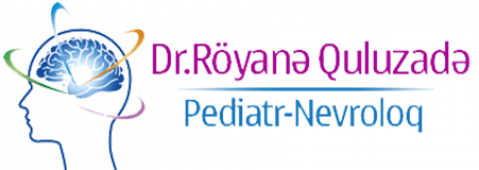
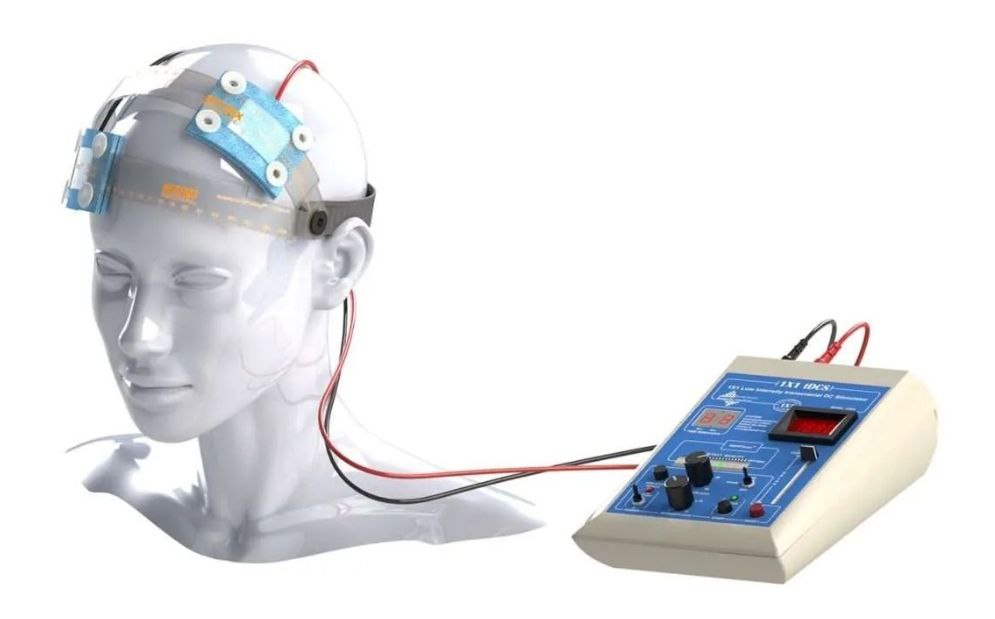










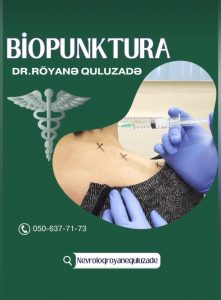
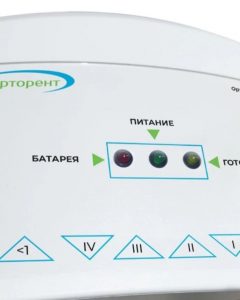
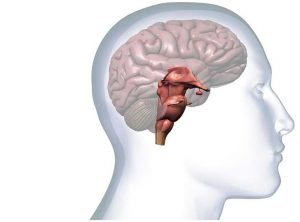
 Röyanə Quluzadə 2 sentyabr 1980 ci ildə anadan olmuşdur. 1998-2004 cü illər Azərbaycan Tibb Universiteti Pediatriya fakultəsində təhsil alıb. Azərbaycan Respublikası Səhiyyə Nazirliyi Sertifikasiya Komissiyası, Nevrologiya Sertifikasiya şəhadətnaməsini alıb.
Röyanə Quluzadə 2 sentyabr 1980 ci ildə anadan olmuşdur. 1998-2004 cü illər Azərbaycan Tibb Universiteti Pediatriya fakultəsində təhsil alıb. Azərbaycan Respublikası Səhiyyə Nazirliyi Sertifikasiya Komissiyası, Nevrologiya Sertifikasiya şəhadətnaməsini alıb.